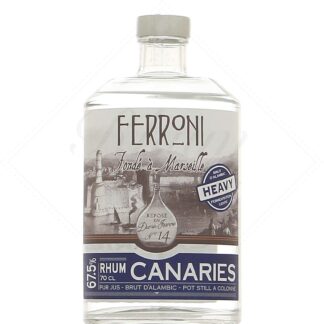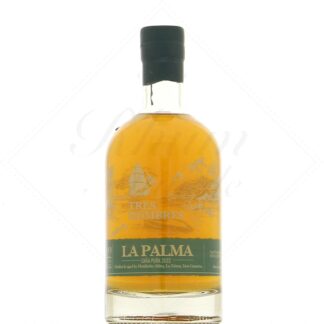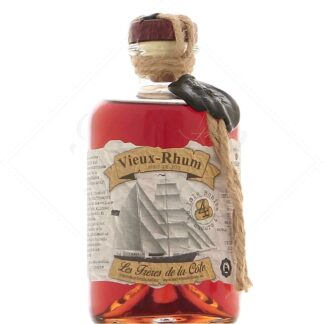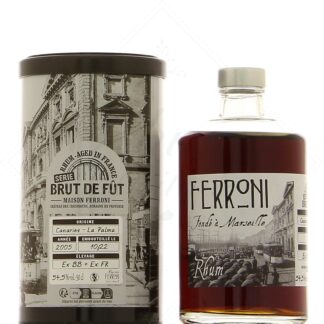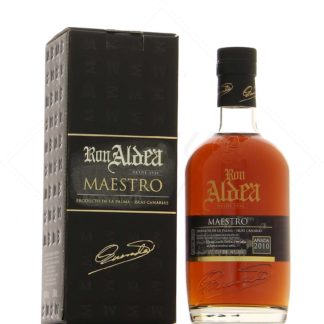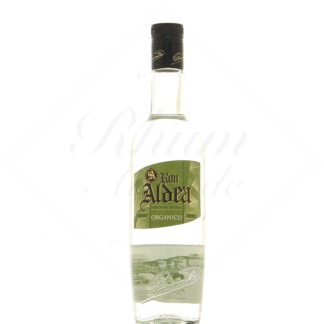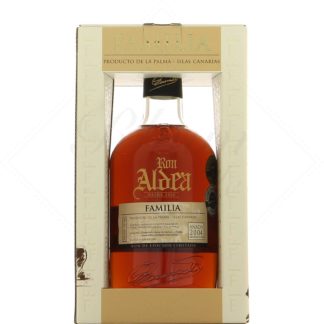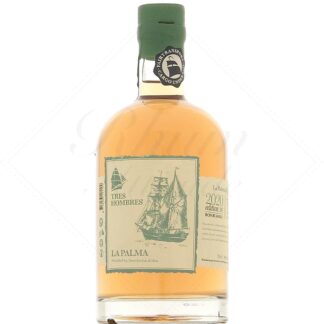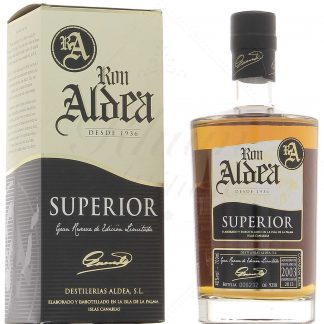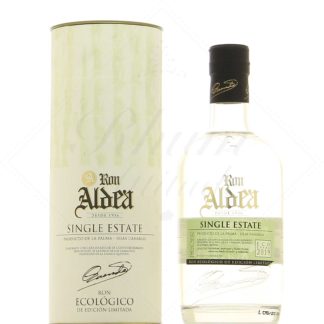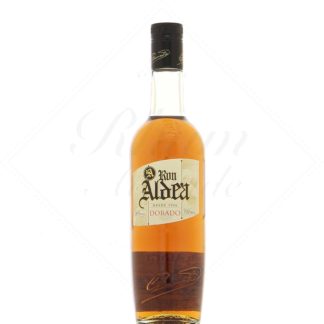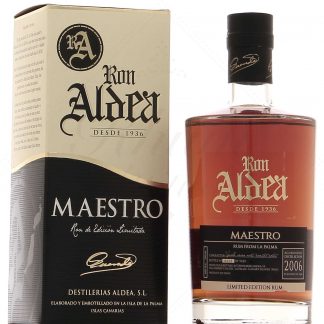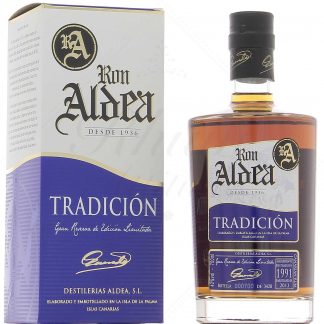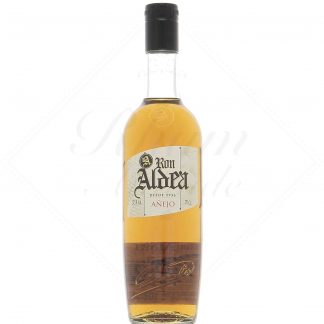Canary Islands
Colonization of the Canaries began in the 15th century. Initially, the first sugarcane plants were imported from the island of Madeira. These same plants were brought to the Americas by Christopher Columbus. The archipelago's sugar prices soon suffered from competition from the colonies across the Atlantic, but up until the 17th century, local aguardiente de cana (cane brandy) was still shipped there, and was even better than what the early days of tafia could offer.
Later, in the 19th century, competition from the Caribbean and Brazil was too strong and sugar and rum production all but disappeared.
But at the end of the same century, the Canaries experienced a revival that completely revived rum production, with the Arucas and Ron Valle distilleries.
TheArucas distillery (the largest in the Canaries, founded in 1884) began producing both molasses rum and agricultural rum from its own cane plantations. Its products are still very present on the island with Arehucas rum, and then with Artemi rum (founded in 1940), whose facilities it bought out. In one of Europe's largest cellars, the company produces the archipelago's great specialty: rhum miel.
The Aldea distillery, on the island of La Palma, was founded by Don Manuel Quevedo, an engineer with training in Cuba and Madeira. Originally established on Gran Canaria in 1936, it closed in 1960 and reopened in 1969 on La Palma. It produces both agricultural and molasses rums, blends of both, and of course honey rum.
The pure cane juice is left to ferment spontaneously (without industrial yeast or temperature control) for 30 to 50 hours, depending on weather conditions, then distilled in an old French still dating from 1893.
For example, we can recommend Cana Pura Vintage 2012, a pure cane juice rum, or Dark 8 Year Old, a blend of molasses and pure cane juice rums.
The 1960s and the arrival of mass tourism brought additional dynamism to the sector, and it's thanks to this that the Ron Aldea and Ron Magic on La Palma, the Ron Arehucas on Gran Canaria, and the Ron Aguere on Tenerife survive today. Read less
-
-
Tres Hombres Edition 49 ORGANIC La Palma Cana Pura 6 months + 5 months at sea 40.6°
- Canary Islands
- 40.6 ° - 70 cl
-
-
-
-
-
-
-
-
-
-
-
-
-
-
